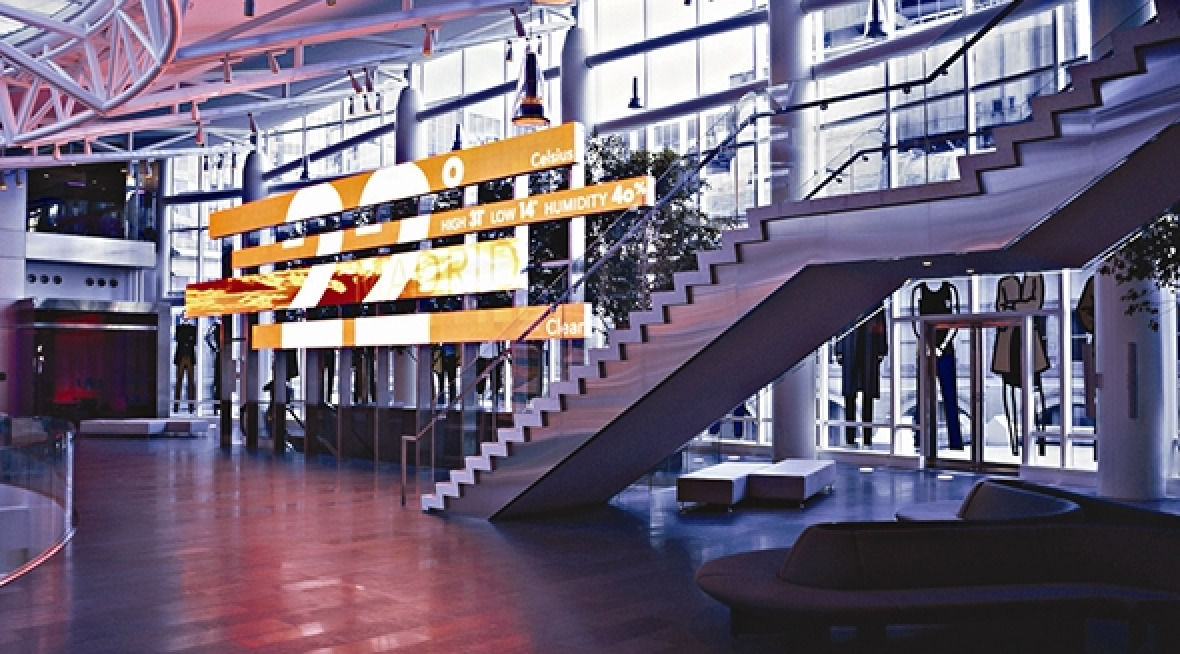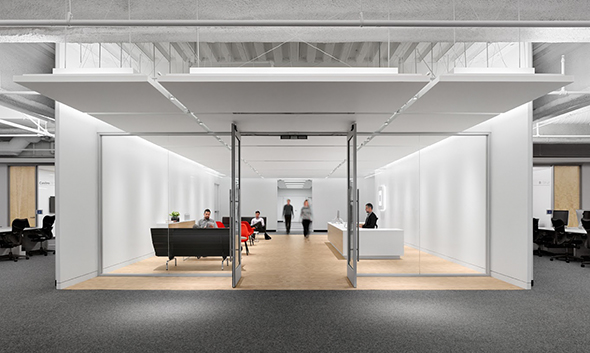We use cookies to maximize your online experience with us. By closing this window, you consent to our cookie policy. You can change your cookie settings in your browser any time. For more information, please see our Privacy Policy located on the footer of this site.
Workplace Culture & Open Spaces

When I first met Jack Dorsey, the billionaire co-founder of Twitter, he was working on his new project, Square—the post-Twitter venture he’d launched in an effort to disrupt the payments industry. I’d come to interview Dorsey for a magazine profile, and when I walked into Square’s San Francisco office space I immediately spotted him. He was impossible to miss. He worked standing up, typing on an iPad at a navel-high table in the dead center of the open-air floor plan.
When we imagine a powerful CEO, we typically picture a secluded corner office large enough to fly a kite in, with thick wood paneling, plush pile carpets, and a gatekeeping assistant—all designed to dampen the intrusion of any exterior stimuli. But a newer vision of management feng shui involves an emphasis on availability, transparency, and the abolishment of physical hierarchies. “My door’s always open,” that old, sometimes insincere invitation to underlings, somehow seems more deeply earnest when there isn’t any door at all.
“I’m much more accessible this way,” Dorsey told me of his setup. “People can come right up to me and ask me questions if they need to.” Dorsey’s not the only corporate leader to favor a vulnerable work posture. Observe, in this photo of the offices of the website Business Insider, CEO Henry Blodget mimicking Dorsey’s tall-tree-on-the-plains workstation style.

